During a presentation by Unique Places to Save, American Rivers, and Resource Environmental Solutions (RES), citizens of Northern Moore County expressed their concerns about the possible removal of the Highfalls dam.
The meeting took place Wednesday at the Tabernacle United Methodist Church in Robbins. Nearly 100 citizens and elected officials were in attendance. The representatives from the three partnered companies were there to give their presentation on the Highfalls dam in Deep River.
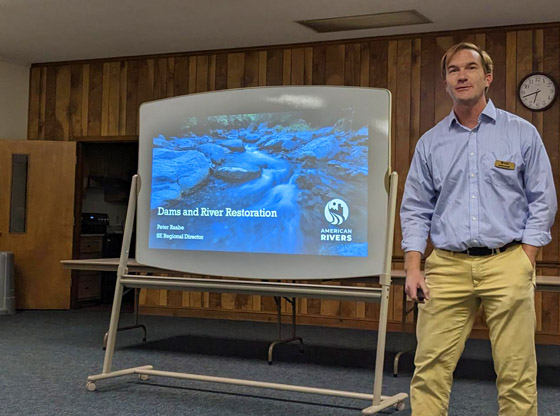
State Rep. Neal Jackson was in attendance, and before opening in prayer, he gave some remarks. “I’m not here tonight as a state representative or a pastor but as a citizen who lives upstream of the dam, and this issue is a concern for all of us. You can have strong opinions, but I encourage you to express them with grace and respect,” said Jackson.
After opening in a prayer, the executive director of Unique Places to Save, Clark Harris, gave his opening remarks. “I believe in shooting straight with people,” said Harris. “I want to make sure that we all come to the room knowing that this is not about convincing me or anyone else whether the dam should or should not come down. That decision was made years ago, and it was made by the previous owner. And I believe it was made by Mother Nature as well. The flood took out the ability for the power plant to be a working facility. So, I want to spend our time this evening talking about not whether the dam should or should not come down, but how it should come down.”
Later in the meeting, County Commissioner Jim Von Canon made it known that shooting it straight wasn’t the best move.
“I wouldn’t start my meeting off by saying you don’t have a dog in the fight because it’s going to happen whether you like it or not,” said Von Canon. “You have a fight in front of you. The easy button is gone.”
Peter Raabe with American Rivers presented why Deep River would be more beneficial without the dam and the reasons behind removing it. Raabe discussed the dirt building behind the dam, fish species, vegetation, and the liability for the landowner. The Deep River is the home of the Cape Fear minnow and the elktoe mussel. He also discussed the condition of the dam that was initially built in the late 1800s, and it was modified in the 1920s to generate hydroelectricity for Hydrodyne Industries.
“The dam owner has a liability,” said Raabe. “They have to address that liability, and so there’s a question of how do you do that. Do you do that by fencing off the property, keeping everybody out, making it completely private, and not allowing any access to the river? Or you remove the liability and create an asset for the community by creating a space that people want to go and people want to congregate right on the river. And one that is part of day-to-day life.”
A concerned citizen asked, “Where have you heard that the dam, at Highfalls, is a liability and that people are concerned about the safety, and who has told you that other than your observation of what you think’s going to happen today?”
It took about 20 minutes of introductions and presentations before a lot of citizens started expressing their opposition to removing the dam during the two-hour meeting.
“When you’re town is named Highfalls, you’re gonna come in and tear it down,” said one river property owner. “It’s just hard. It’s hard to even think about. I mean, earlier, I went outside and took a video from my back porch. I’m very fortunate. I’m very blessed. But just to look at the beauty of that, and what it’s getting ready to be if the water is not there. No telling what is in that dam unless you actually get it tested. It’s just hard. It’s hard for me.”
A longtime Highfalls resident said, “This is what’s important to me more than the little fishy, the history, and documented history in the courthouse and in the House of the Horseshoe are all kinds of historical sites going down up and down that river that are going to be destroyed by your actions.”
“What is the value of this restored stream to you?” said Raabe. “What is it that you want out of that stream, out of that healthy ecosystem, out of that healthy stream? How do we get there and make sure that this project does that? You can for species, but it’s really about that connectivity between this community and the river. How do we make sure that connectivity, that connection between all the rivers, is really there?”
The plan is for the property owner, RES, to give the land back free and clear to the county or the state to make a recreational area.
“I didn’t know that this was a done deal, and I didn’t read that anywhere,” said Von Canon. “I didn’t get a notification or nothing. I know the county commissioners didn’t know that.”
A representative from RES, Bill Gehrling, was in attendance. RES purchased the property in September with the intent to remove the dam.
When Sandhills Sentinel asked in an email if it was a done deal and the dam would be removed, Harris said, “The dam and the associated property was purchased for the purpose of river restoration.”
“So we wanted ownership of the property, so we had control through dam removal and the restoration of the river, and we’re going to stand by our work. We’re not just taking the dam out. We’re going to make sure that we do vegetative restoration, and we have fish passage, and we have stability,” said Gehrling.
Von Canon asked if they would sell the four properties on 15.9 acres where the dam house is.
“No, we’re going to donate,” said Gehrling.
Citizens raised questions about asbestos, property values, and trespassers. The three main focuses of concern were that the area would become like Carbonton dam, a few miles away where a dam was taken out. A recreational area was created, but in recent months, it has been vandalized with graffiti, trash, and drug paraphernalia. Citizens are concerned this area will become that way. That project was not associated with these organizations.
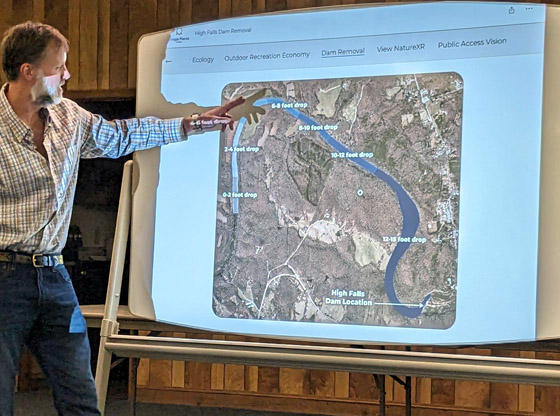
The river’s depth after the dam’s removal was a significant topic for citizens. One property owner said the highest it gets at his property is five feet, but a map showed water levels down 12 feet in that area.
Sandhills Sentinel asked Harris in an email “Will the water in some areas be so low that it is barely or not moving?”
“The water levels in the restored stream will change based on the natural flow coming through the river,” said Harris. “It will be a natural functioning river with flow and moving water through the whole portion of the river that is currently plugged up by the dam.”
One property owner spoke up. “Have you noticed what the river looks like in different places? You claim when the dam is down, the water level will drop from eight to 12 feet in a certain area. Where we are in that three-quarters of a mile, there are places that are at best ankle-deep, and there are places even further upstream that you have to pick your kayak or canoe up and transport it through the water that’s there, which is not enough to flow a boat and carry it up where you can float a boat. If you just destroy that dam, there will be more places like that and places bone dry.”
“How far away from these people’s property do you think the bank is going to be and deep?” asked Von Canon. “And how will they be able to access the water?”
Raabe said they had that information but apologized for not bringing it to the meeting.
Citizens also spoke about the history of the river and the dam.
Harris asked the audience if they were interested in the next presentation about what the site could look like. The crowd answered with a loud “no.”
If the county or state does not show interest in the property after the dam removal, it will be put into a trust, used only as conservation, and will have no public access.
Some concerns were also made about Bear Creek and other creeks that run into Deep River and whether their depth would be affected.
“Restoring the Deep River to a free-flowing state will not significantly change the other creeks in the area,” wrote Harris in an email to Sandhills Sentinel. “There will be some changes right where those creeks flow into the Deep River- they will go from flowing into an impoundment to flowing into a free-flowing river reducing the backflow from the Deep into these tributary streams.”
According to RES or Unique Places to Save, there is no start date.
“We are currently in the planning and community outreach phase of the project,” wrote Gehrling in an email to Sandhills Sentinel. “Next we will transition into dam removal, river restoration, and assist in the long-term vision for the property.”
“Dam removal is done during low flow periods for the river, which in this case, is the late summer through the fall,” said Harris. There is no date set for the river restoration work to happen at this point as we are still interested in further conversations with community members.”
In a statement released to Sandhills Sentinel by Harris, he said, “We’d like to formally thank everyone who took the time to attend the meeting. It’s clear how much the dam and impoundment above it mean to this community. We know a lot of people in the room didn’t have the chance to speak and want to make sure that everyone in the community has the opportunity to be heard. We invite you to write-in by mail, email or take the survey on our website: https://storymaps.arcgis.com/stories/26a1d038afdc481984dbdc90d6ee15e4. We hope to continue the conversation about the opportunities and benefits gained through this project.”
Residents have created a petition and a Facebook page called “Help Save the Highfalls Dam!”
Feature photo: On Oct.11, Moore County Commissioner Jim Von Canon and residents of Northern Moore County expressed their concerns about the proposed removal of the Highfalls dam in Deep River.
 ~Article and photos by Sandhills Sentinel reporter Curtis Self.
~Article and photos by Sandhills Sentinel reporter Curtis Self.




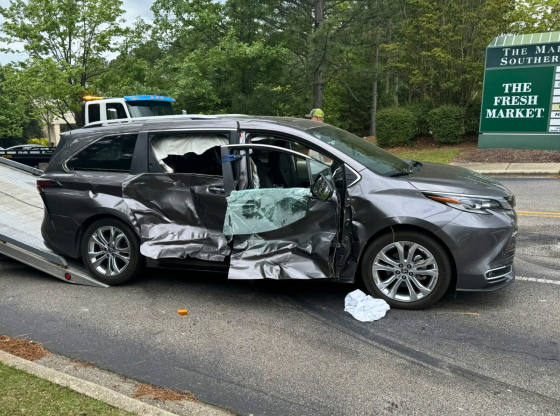
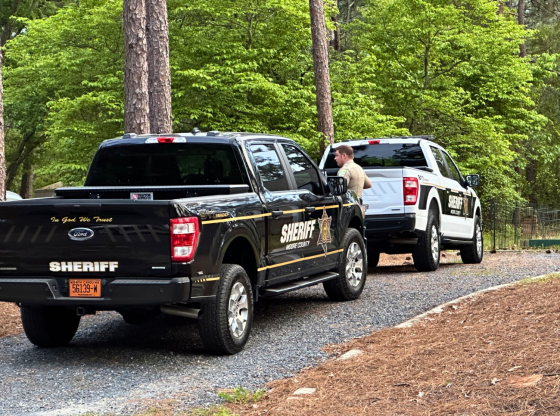
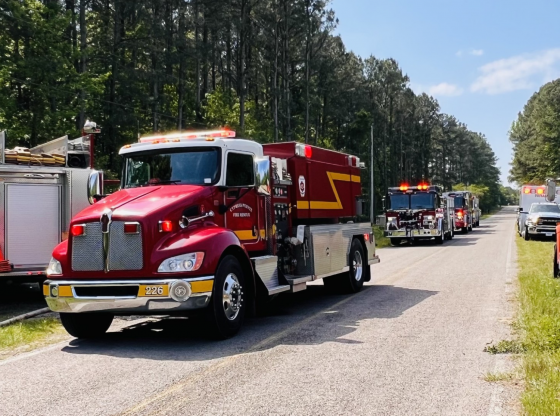

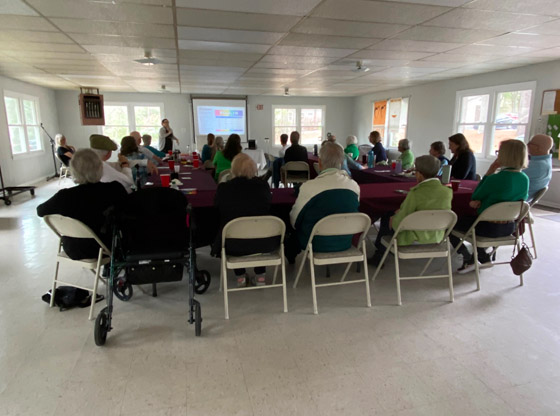
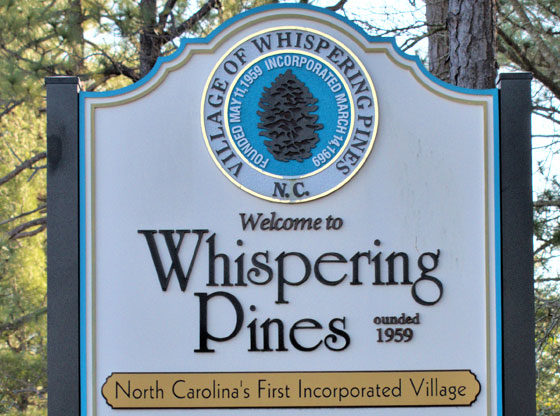


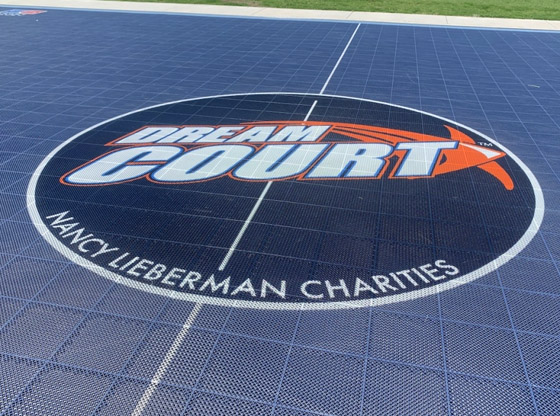
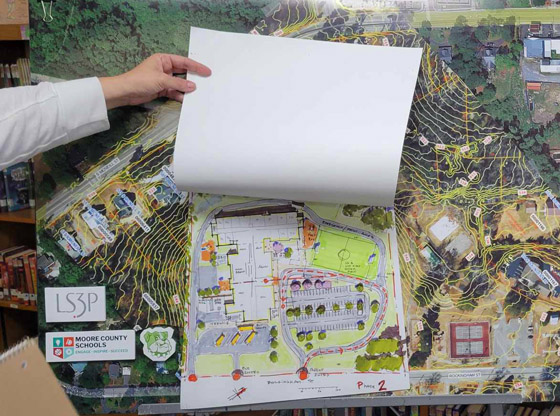
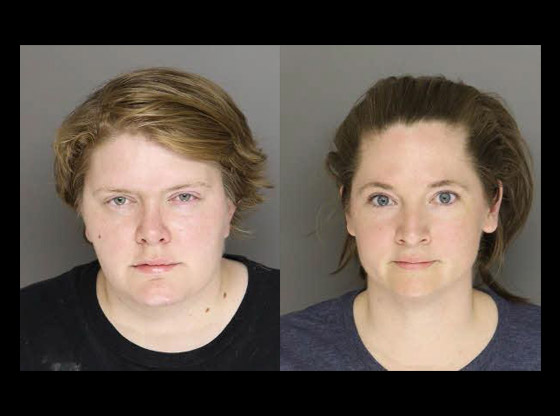
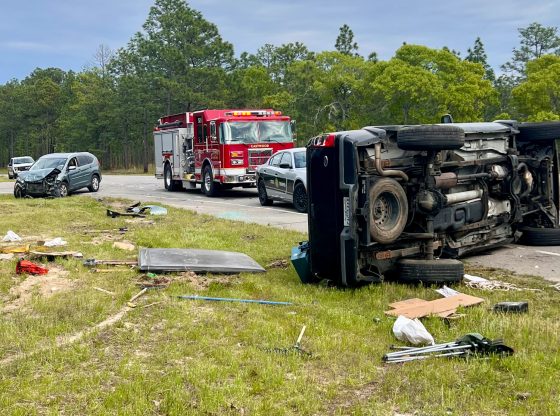

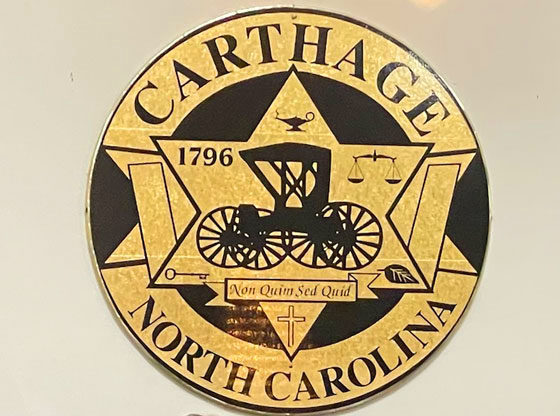
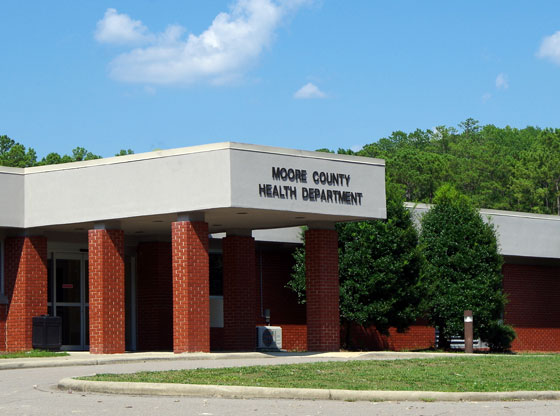
Comments
Comments are closed.